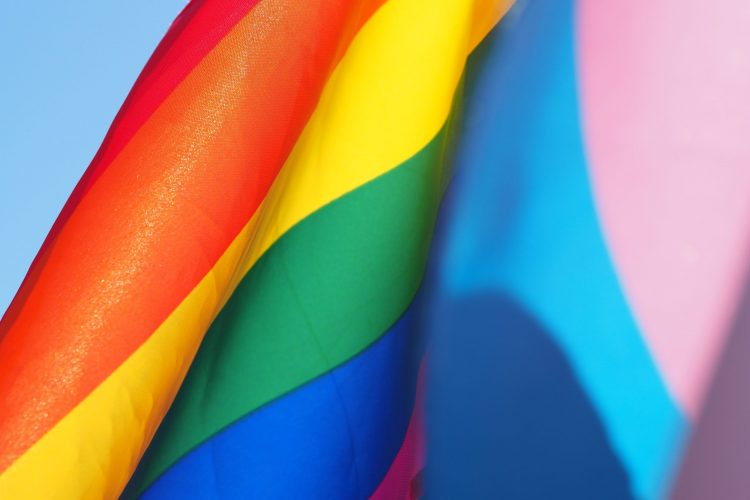
Embracing diversity: Issues faced by LGBTQ older adults
As we celebrate Pride Month, it is important to shed light on the unique challenges faced by LGBTQ older adults in America. With an aging population that includes more than 2.4 million individuals who identify as lesbian, gay, bisexual, or transgender+ (e.g., pansexual, queer, fluid, asexual), it is crucial for friends, family or care providers to be knowledgeable and affirming about the histories and concerns of this marginalized group. This blog post aims to explore the disparities faced by LGBTQ older adults, including their economic and health struggles, social isolation and the need for inclusive care.
Unique considerations
It is becoming more recognized that the older adult population in the United States is on the rise, meaning the number of LGBTQ older adults is also increasing. As the Baby Boomer generation ages, it is estimated that the older adult population will rise to around 19% by 2030. Within this demographic, individuals with diverse sexual orientations and gender identities face unique challenges; for example, LGBTQ older adults experience economic and health disparities at higher rates compared to their heterosexual counterparts. These individuals may be disproportionately affected by poverty and physical and mental health conditions. Discrimination based on both age and sexual orientation or gender identity can further exacerbate these disparities. Unfortunately, aging care facilities may contribute to the mistreatment of LGBTQ older adults, which emphasizes the need for staff training that is inclusive and affirming.
Social isolation and stigmatization
Social isolation is a significant concern for LGBTQ older adults. Research indicates that they are more likely to live alone, be single, and have fewer children compared to heterosexual individuals. Generational differences and the lack of legal protection may lead older LGBTQ adults to be less open about their sexuality.
As highlighted by a 2013 survey by Brennaning, et al. that examined depression risk among sexual minority older adults, one-third of bisexual respondents reported experiencing moderate to severe depression. The researchers attributed this result to respondents’ lack of emotional support and an increased likelihood of negative interactions with family members.
Add to this that the intersectionality of sex, race, ethnicity and disability can further complicate challenges faced by LGBTQ older adults, as each of these social identities come with their own set of discriminations.
Inclusive care
Given these considerations, care providers and aging services are called to integrate the unique needs of LGBTQ older adults into their philosophy of care. For example, the APA’s “Guidelines for Psychological Practice with Sexual Minority Persons” offer valuable insights into affirmative interventions, assessments, advocacy, and DEI training for working with LGBTQ older adults. By adopting inclusive practices, healthcare providers can create a welcoming and supportive environment for LGBTQ older adults.
However, fostering respect for LGBTQ older adults extends beyond healthcare and service providers. Everyone has the potential to foster equitable and compassionate interactions with others in their daily lives.
Recommendations for inclusivity and understanding
(adapted from American Psychological Association resources here and here):
- Educate yourself: Take the initiative to educate yourself about LGBTQ issues, terminology and history. By increasing your knowledge, you can develop a better understanding and empathy towards the experiences of LGBTQ people.
- Practice active listening: When engaging in conversations with LGBTQ individuals, be an active listener. Create a safe and non-judgmental space for them to share their experiences and perspectives. Validate their feelings and experiences and avoid making assumptions.
- Use inclusive language: Be mindful of the language you use. Respect individuals’ preferred pronouns and gender identities.
- Advocate for LGBTQ rights: Use your voice to speak out against discrimination, inequality and harmful practices. CSU’s Principles of Community state that we each “have the right to be treated, and the responsibility to treat others, with fairness and equity.”
- Foster inclusive spaces: Whether in your workplace, social circles or community organizations, strive to create environments where LGBTQ individuals feel comfortable, valued, and respected.
By following these tips, you can contribute to a more inclusive and understanding society for LGBTQ individuals. Let us work towards a future where every LGBTQ person can age with dignity, inclusivity and pride.
ABOUT THE AUTHOR
Hannah Halusker is the communications lead at CSU’s Columbine Health Systems Center for Healthy Aging.





